A constitutional amendment is a modification of the constitution of a polity, organization or other type of entity. Amendments are often interwoven into the relevant sections of an existing constitution, directly altering the text. Conversely, they can be appended to the constitution as supplemental additions, thus changing the frame of government without altering the existing text of the document.

The 1995 Quebec referendum was the second referendum to ask voters in the predominantly French-speaking Canadian province of Quebec whether Quebec should proclaim sovereignty and become an independent country, with the condition precedent of offering a political and economic agreement to Canada.

The Scottish devolution referendum of 1997 was a pre-legislative referendum held in Scotland on 11 September 1997 over whether there was support for the creation of a Scottish Parliament with devolved powers, and whether the Parliament should have tax-varying powers. The result was "Yes–Yes": a majority voted in favour of both proposals, and the Parliament was established following an election in 1999. Turnout for the referendum was 60.4%.
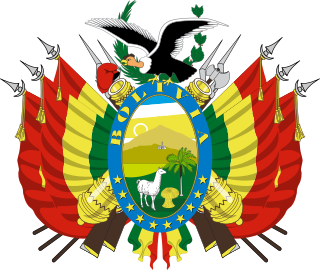
A constitutional referendum was held in Bolivia on 25 January 2009, postponed from the initially planned dates of 4 May 2008 and then 7 December 2008. Drafted by the Constituent Assembly in 2007, the new constitution was approved in the referendum according to an exit poll by Ipsos Apoyo for La Razón and ATB, a Bolivian television network. Furthermore, it required early elections to be held on 6 December 2009.

A constitutional referendum was held in France on 21 October 1945. Voters were asked whether they approved of the Assembly elected on the same day serving as a Constituent Assembly, and whether until a new constitution was approved, the country would be governed according to a proposed set of laws that appeared on the ballot paper. If the first proposal had not been approved, the Third Republic would have been restored, but its approval led to the elected Assembly drafting a constitution and proposing it to the people a year later, resulting in the creation of the Fourth Republic. Both were approved by wide margins with a turnout of 79.8%.

A constitutional referendum was held in France on 5 May 1946. Voters were asked whether they approved of a new draft Constitution proposed by the Constituent Assembly elected in 1945.

A constitutional referendum was held in Venezuela on 15 December 1999. Voters were asked whether they approved of the new constitution drawn up by the Constitutional Assembly elected earlier in the year. It was approved by 72% of voters, although turnout was only 44%.

A double referendum on a new constitution and independence took place in Western Samoa on 10 May 1961. A Constitutional Assembly of Matai and associated groups had been elected the previous year to draw up a proposed constitution. It reflected the Westminster system of parliamentary democracy, but restricted both standing and voting in elections to the Matai. The referendums were supervised by the United Nations, and with both approved, the country gained independence on 1 January the following year.
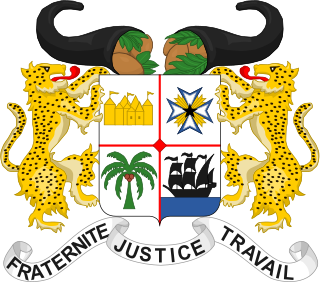
A constitutional referendum was held in French Dahomey and French Togoland on 21 October 1945 as part of the wider French constitutional referendum. In the two territories both questions were approved by large margins. Voter turnout was 84%.
A non-binding constitutional referendum was held in Iceland on 20 October 2012. As a part of the 2010–2013 constitutional reform, and upon recommendation by the Constitutional Assembly, voters were asked whether they approved of six proposals included in a new draft constitution of Iceland. All six questions were approved by voters. The passing of Question 3 regarding the inclusion of a national church in the constitution was the only provision that went against the Constitutional Assembly's recommendations.

A referendum on granting greater autonomy to the departments of Bolivia was held on 2 July 2006, alongside elections for a Constitutional Assembly. Whilst it was approved in four of the nine departments, the proposal was rejected by 58% of voters nationally.

The 2000 Virginia State Elections took place on Election Day, November 7, 2000, the same day as the U.S. Presidential, U.S. Senate and the U.S. House elections in the state. The only statewide elections on the ballot were two constitutional referendums to amend the Virginia State Constitution. Because Virginia state elections are held on off-years, no statewide officers or state legislative elections were held. All referendums were referred to the voters by the Virginia General Assembly.
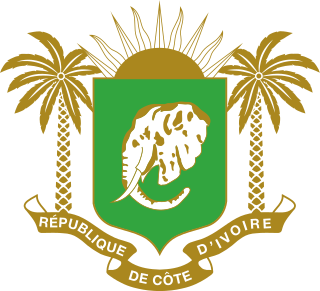
A constitutional referendum was held in Ivory Coast on 21 October 1945 as part of the wider French constitutional referendum. Both questions were approved by large margins. Voter turnout was 74.9%.

A constitutional referendum was held in French Gabon and Moyen Congo on 21 October 1945 as part of the wider French constitutional referendum. Both questions were approved by large margins. Voter turnout was 68.1%.

A constitutional referendum was held in Guinea on 21 October 1945 as part of the wider French constitutional referendum. Both questions were approved by large margins. Voter turnout was 73.5%.
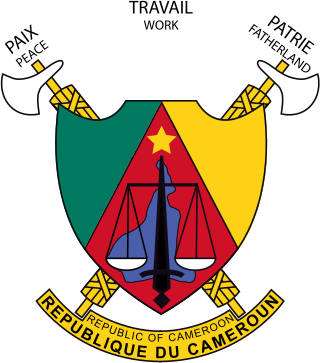
A referendum was held in French Cameroons on 21 October 1945 as part of the wider French constitutional referendum.

A constitutional referendum was held in Chad and Ubangi-Shari on 21 October 1945 as part of the wider French constitutional referendum. Both questions were approved by large margins. Voter turnout was 68%.
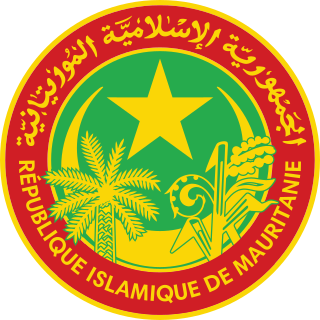
A constitutional referendum was held in Mauritania and Senegal on 21 October 1945 as part of the wider French constitutional referendum. The first question on the new French National Assembly serving as a constituent assembly was approved by 99% of voters, but the temporary constitution proposed in the second question was rejected by 51% of voters. Both proposals were approved in the overall vote. Voter turnout was 60%.
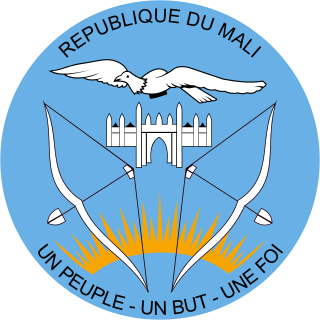
A constitutional referendum was held in French Sudan and Niger on 21 October 1945 as part of the wider French constitutional referendum. The first question on the new French National Assembly serving as a constituent assembly was approved by 97% of voters, whilst the temporary constitution proposed in the second question was approved by 86% of voters. Both proposals were also approved in the overall vote. Voter turnout was 79.3%.
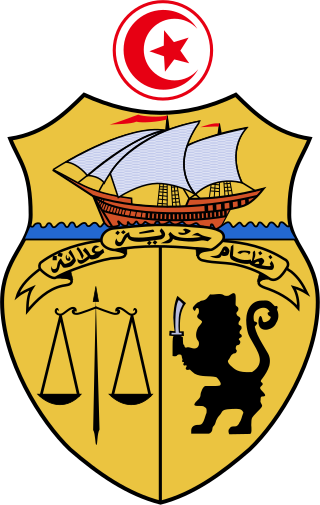
A constitutional referendum was held in Tunisia on 21 October 1945 as part of the wider French constitutional referendum. The first question on the new French National Assembly serving as a constituent assembly was approved by 99% of voters, whilst the temporary constitution proposed in the second question was approved by 79% of voters. Both proposals were also approved in the overall vote. Voter turnout was 69.2%.
















